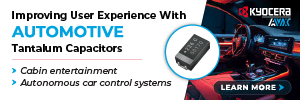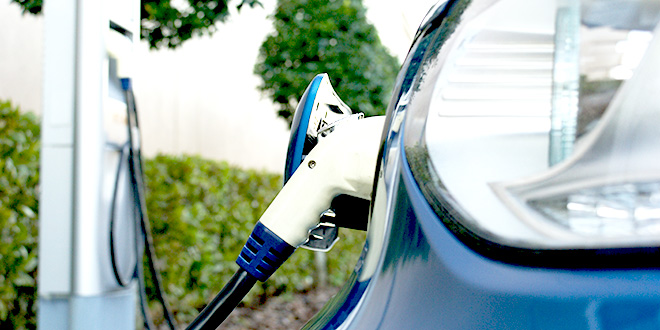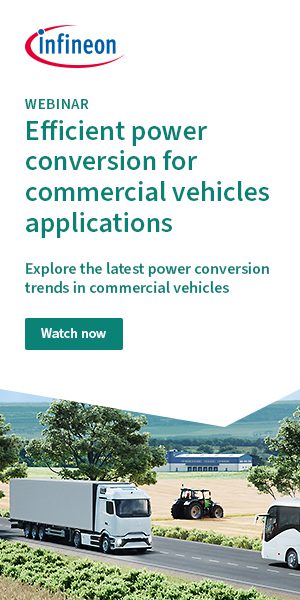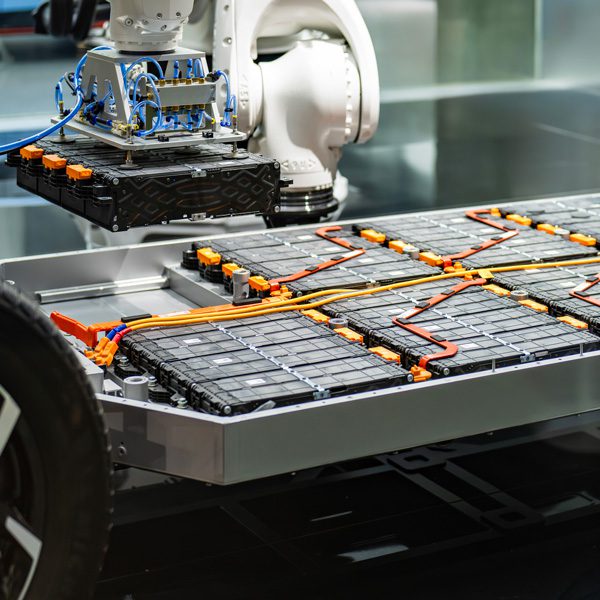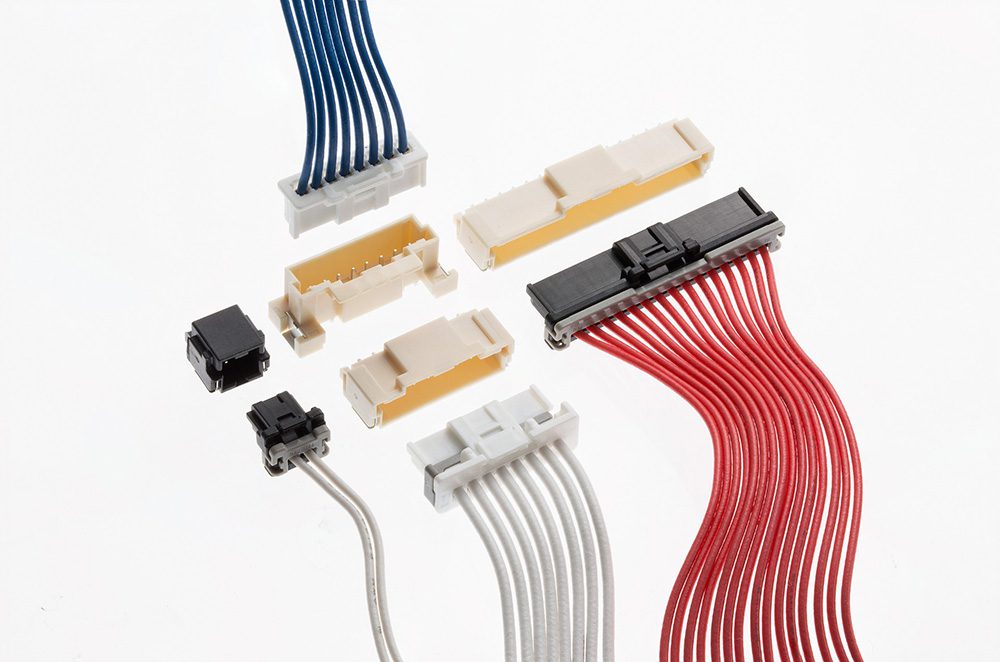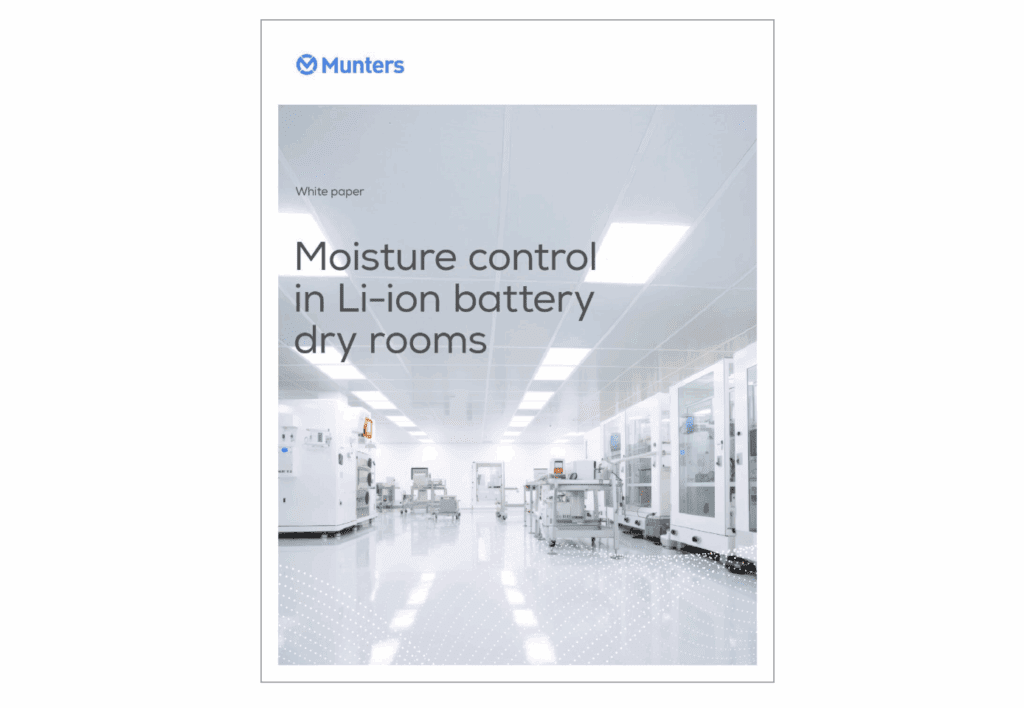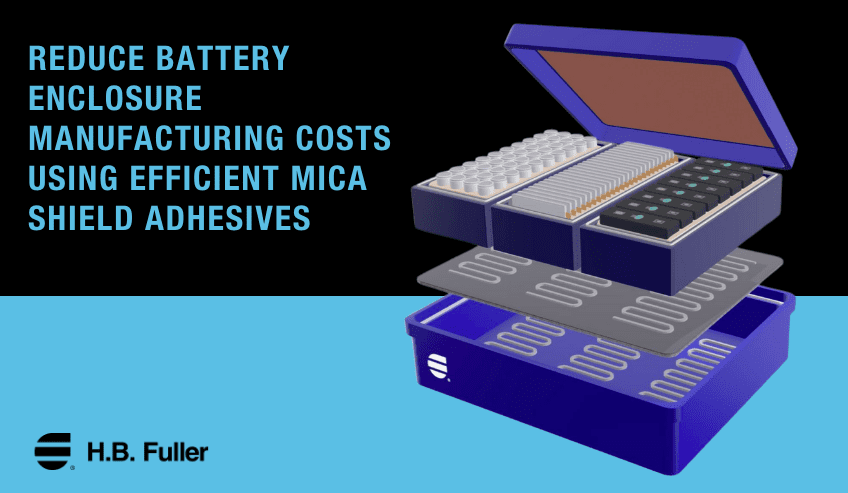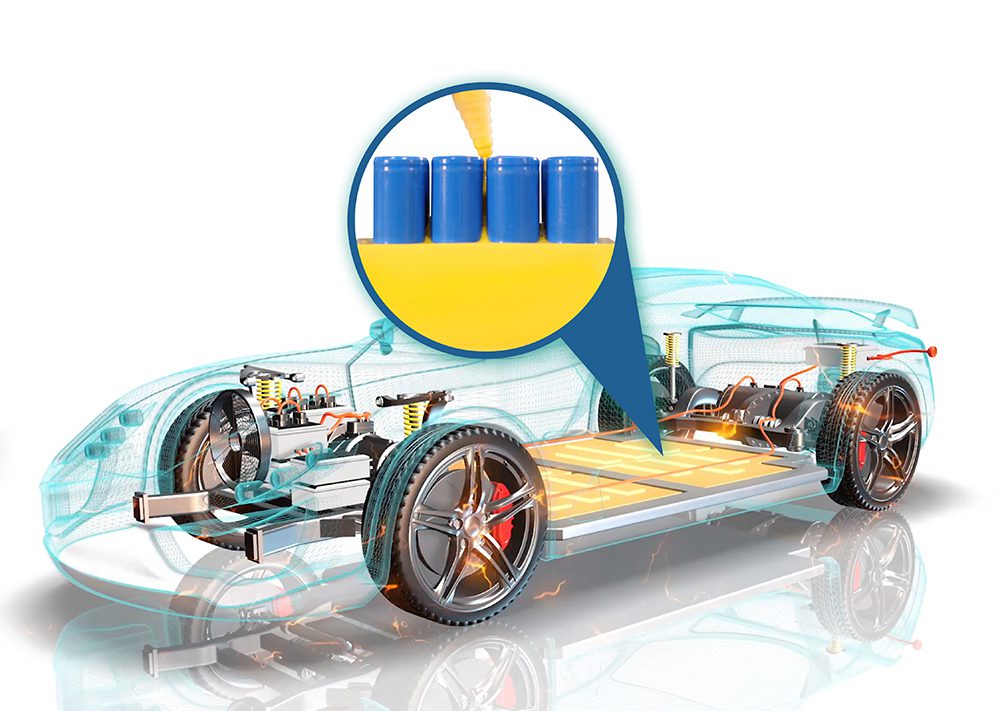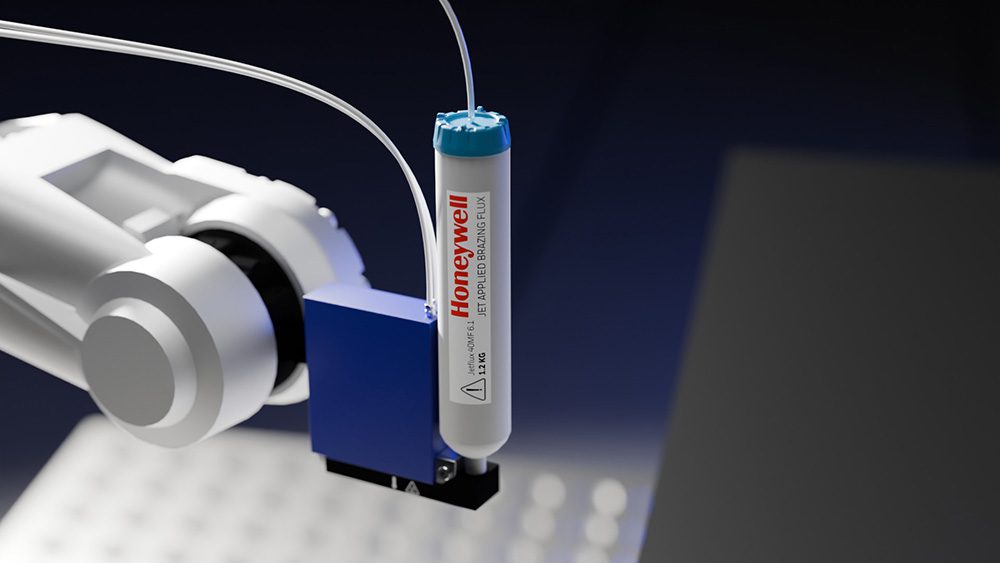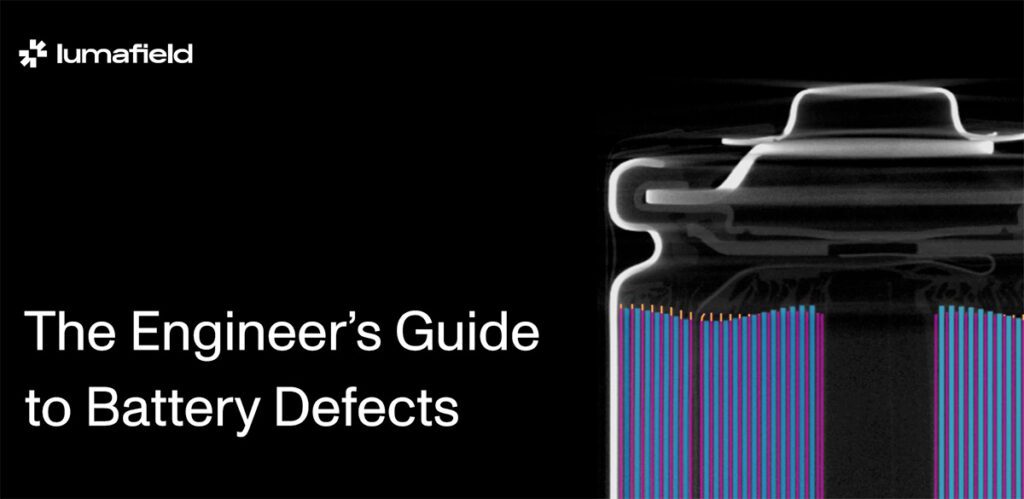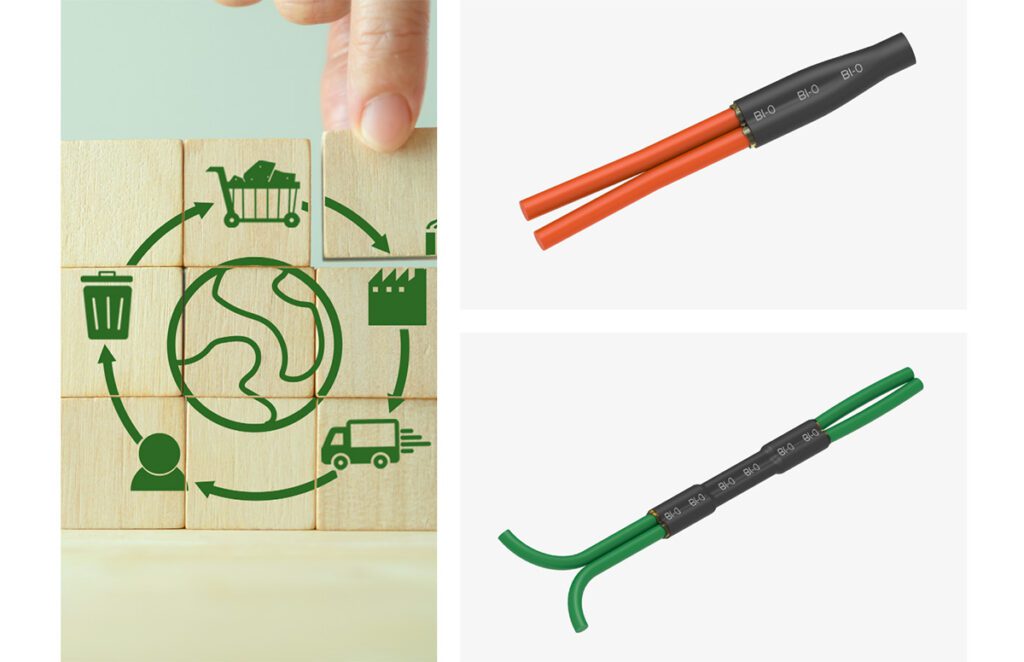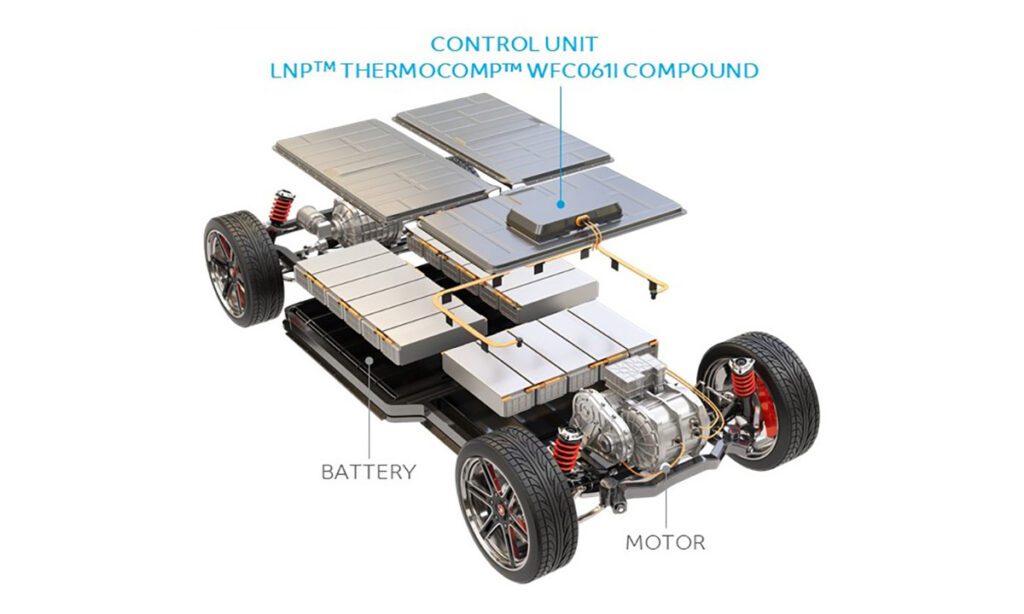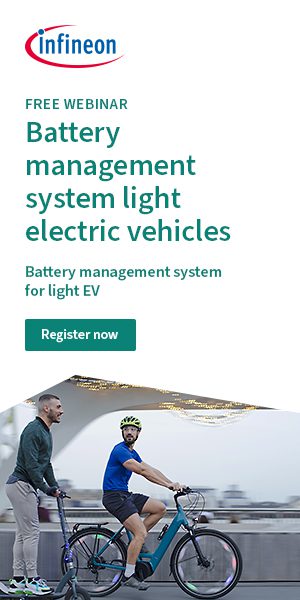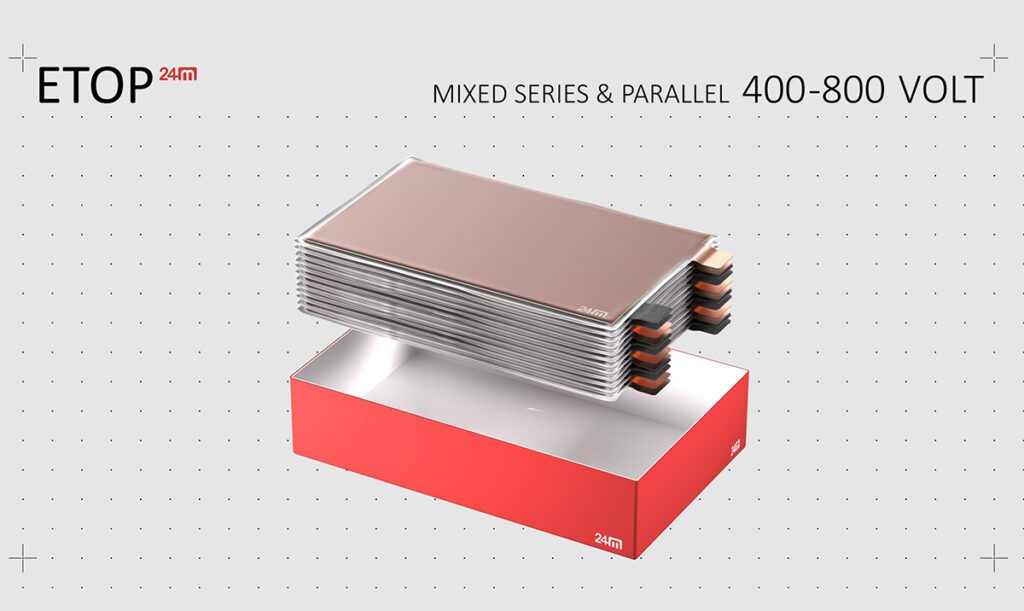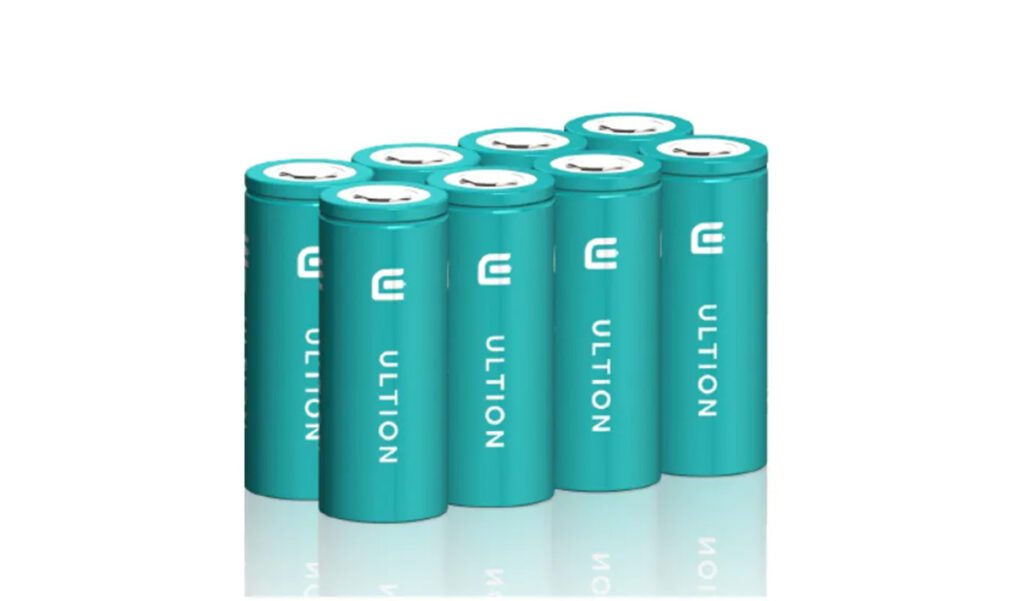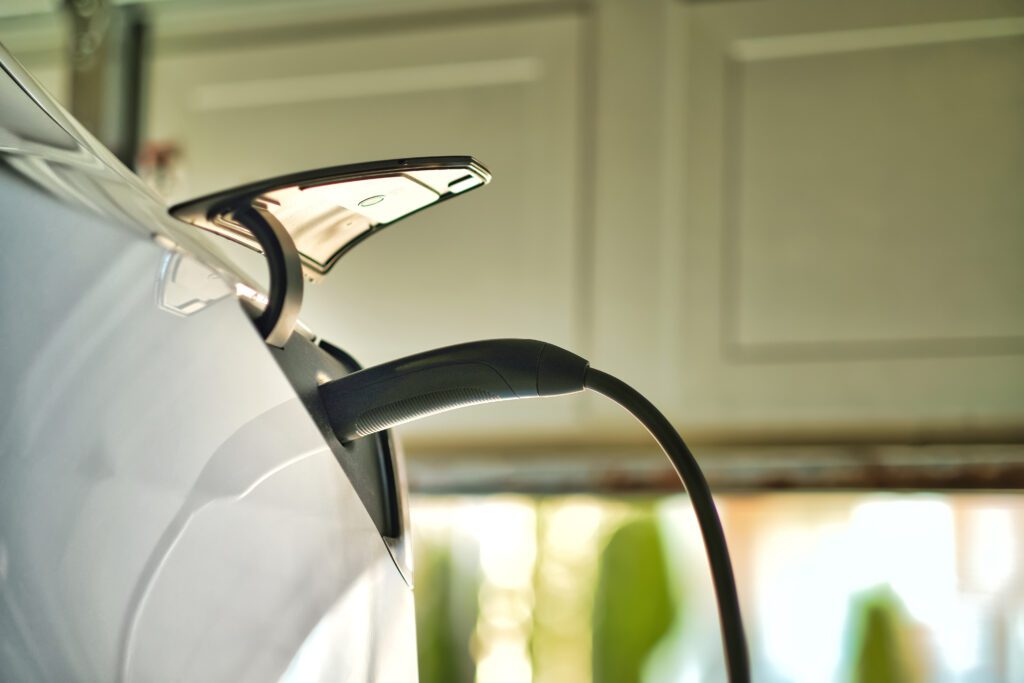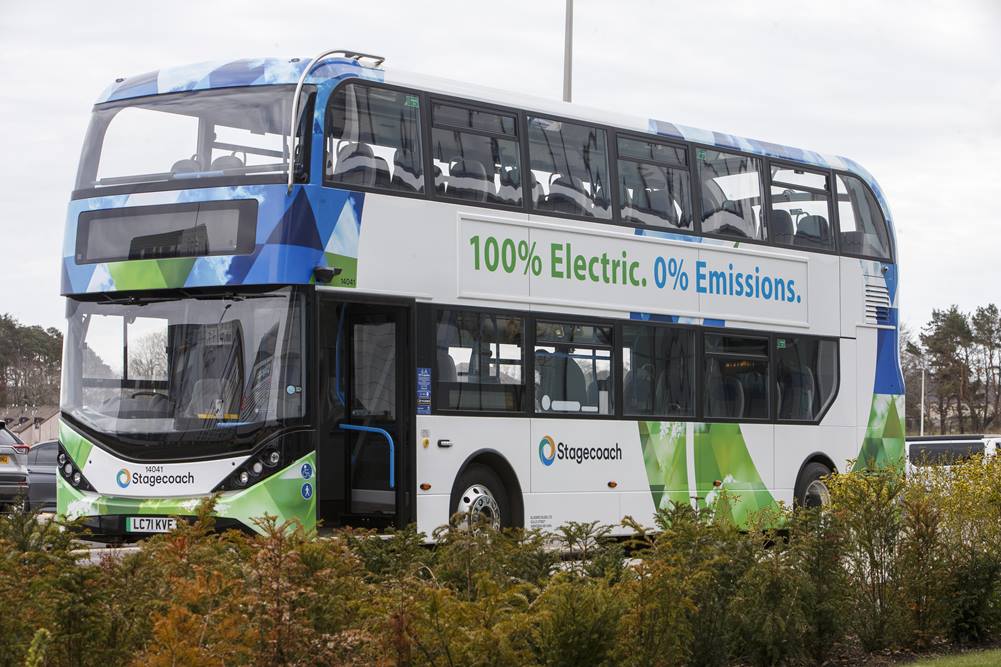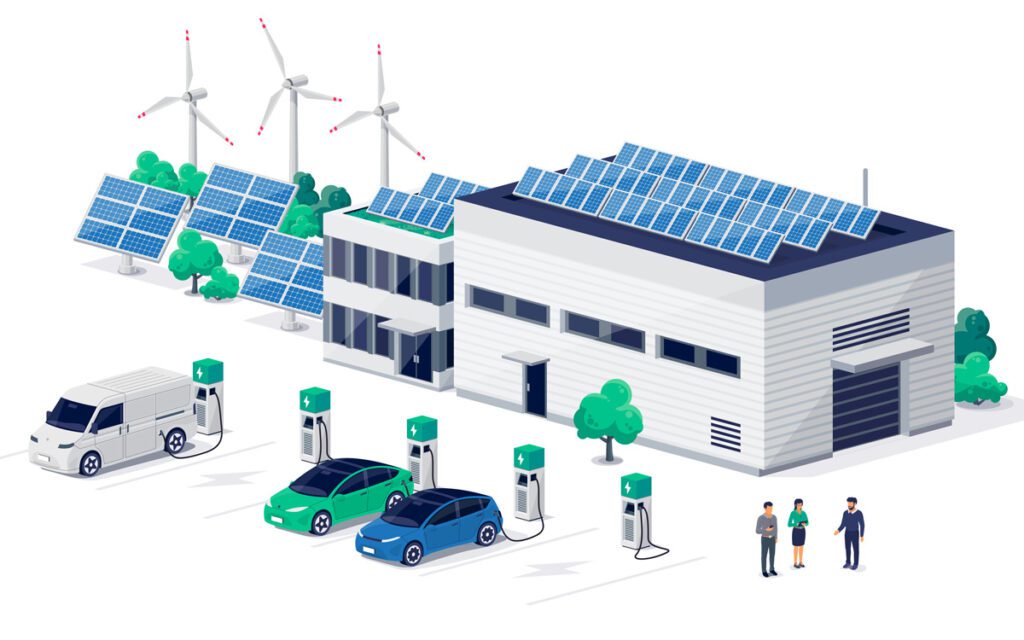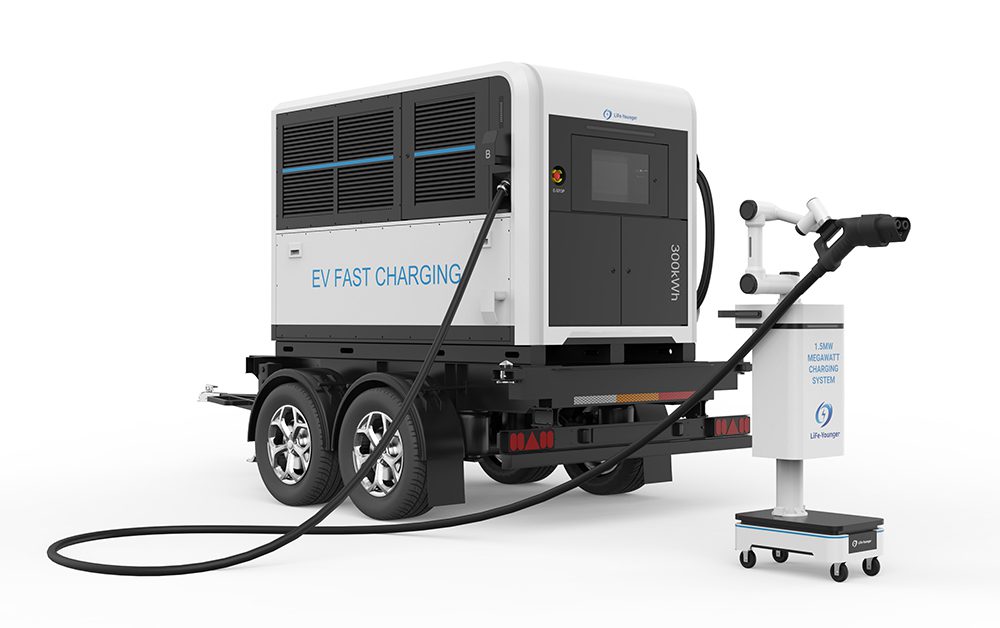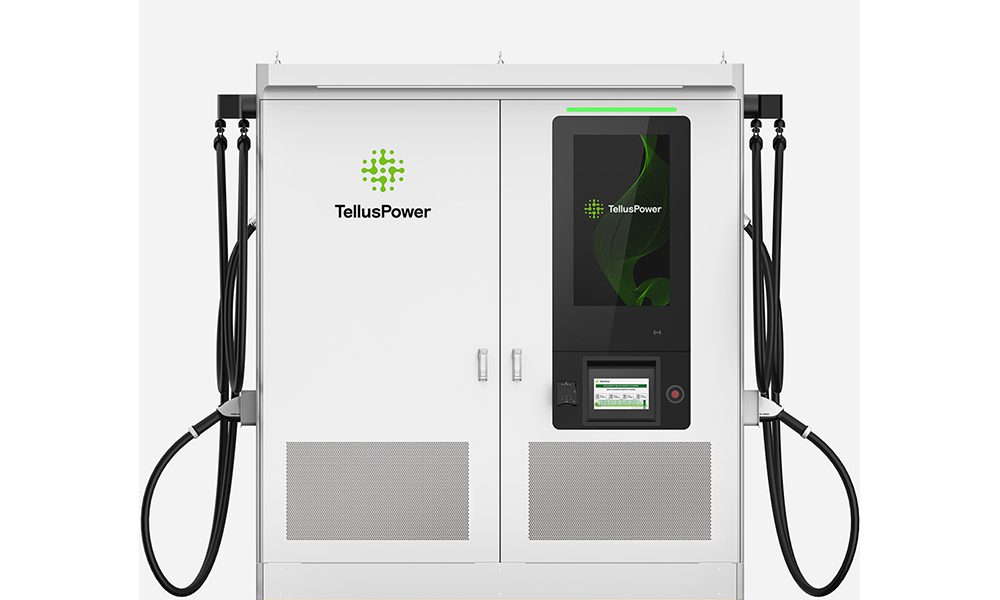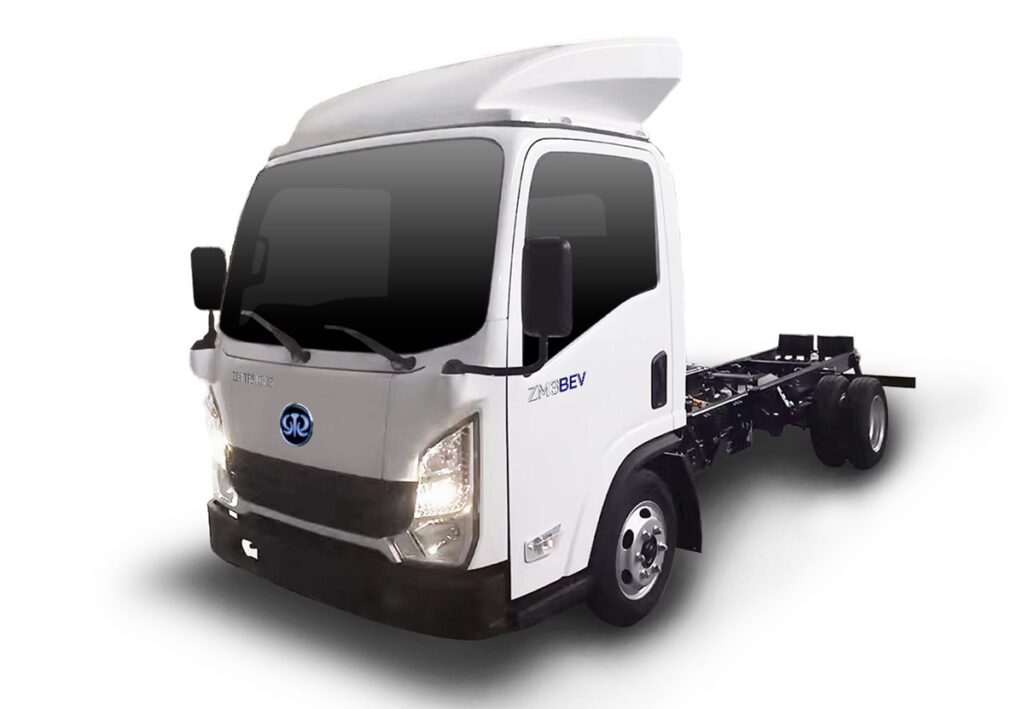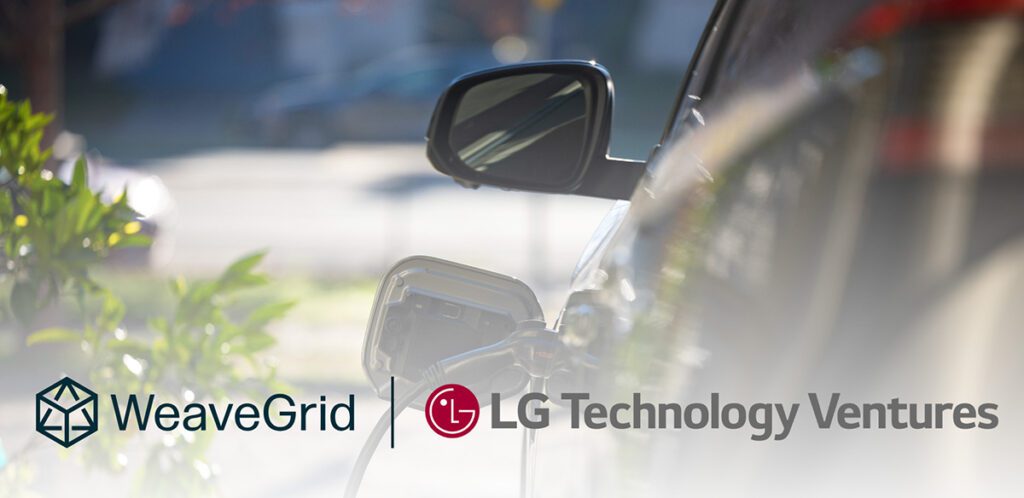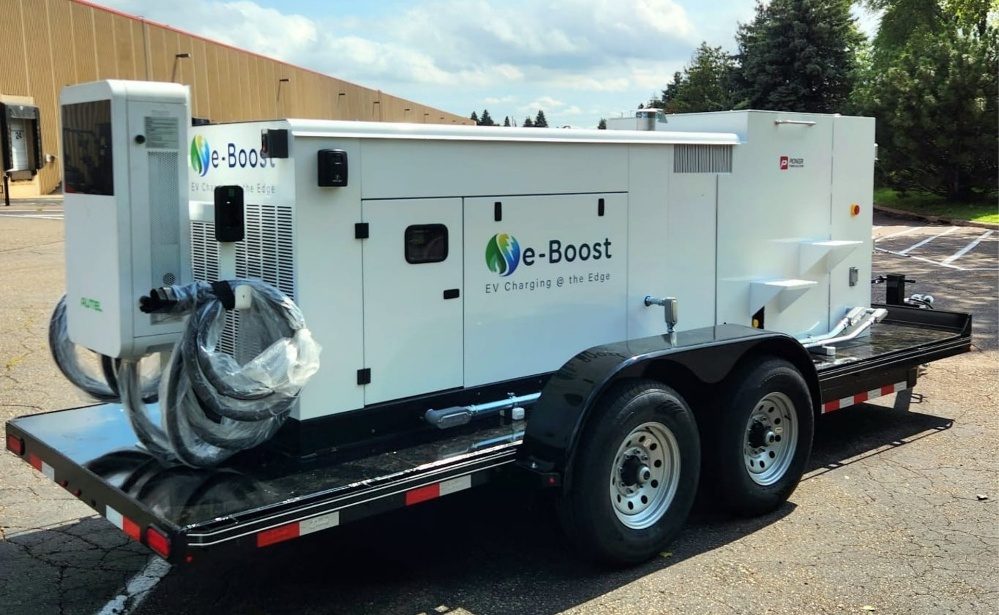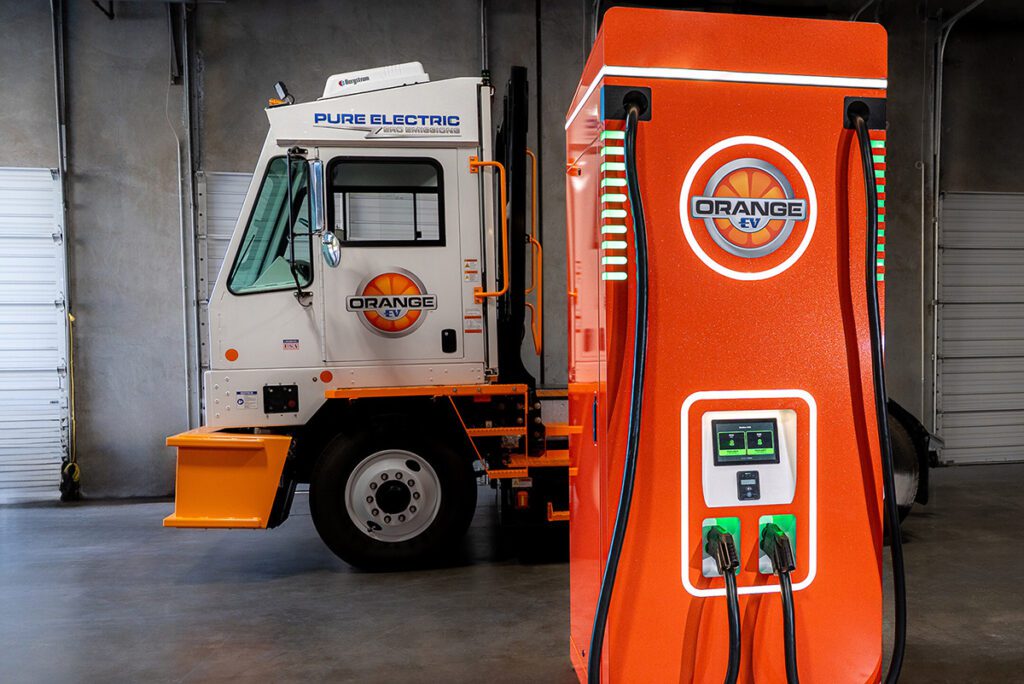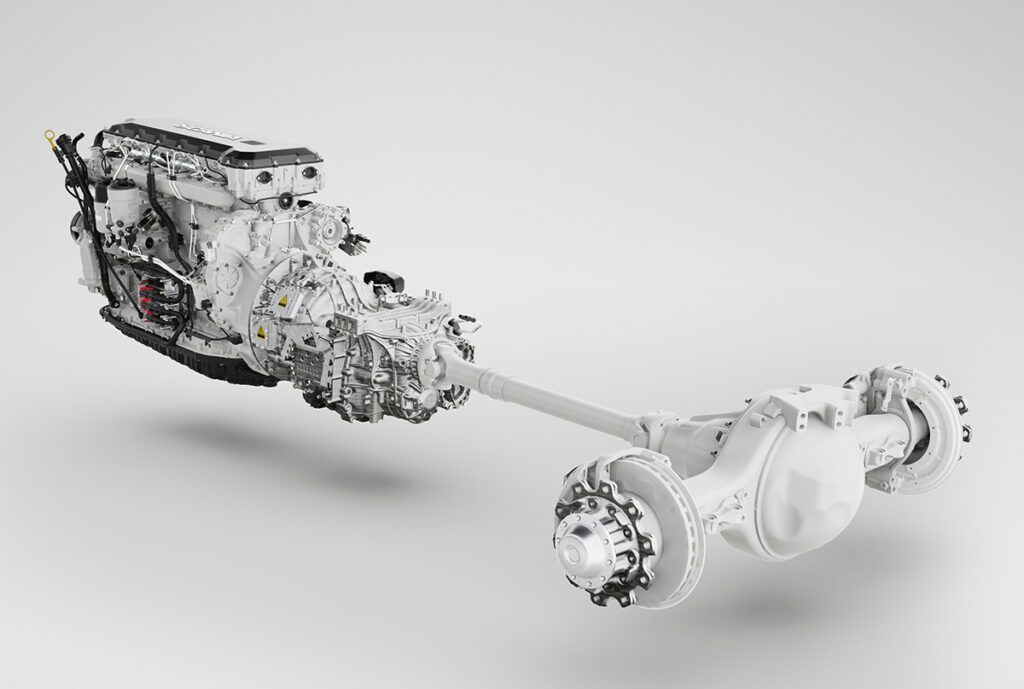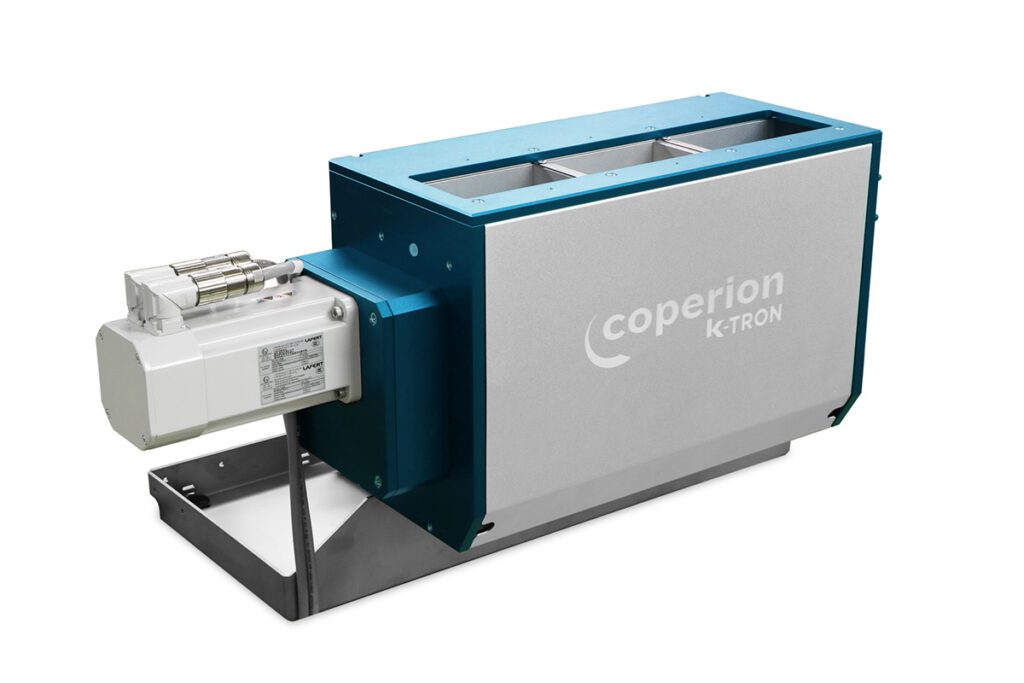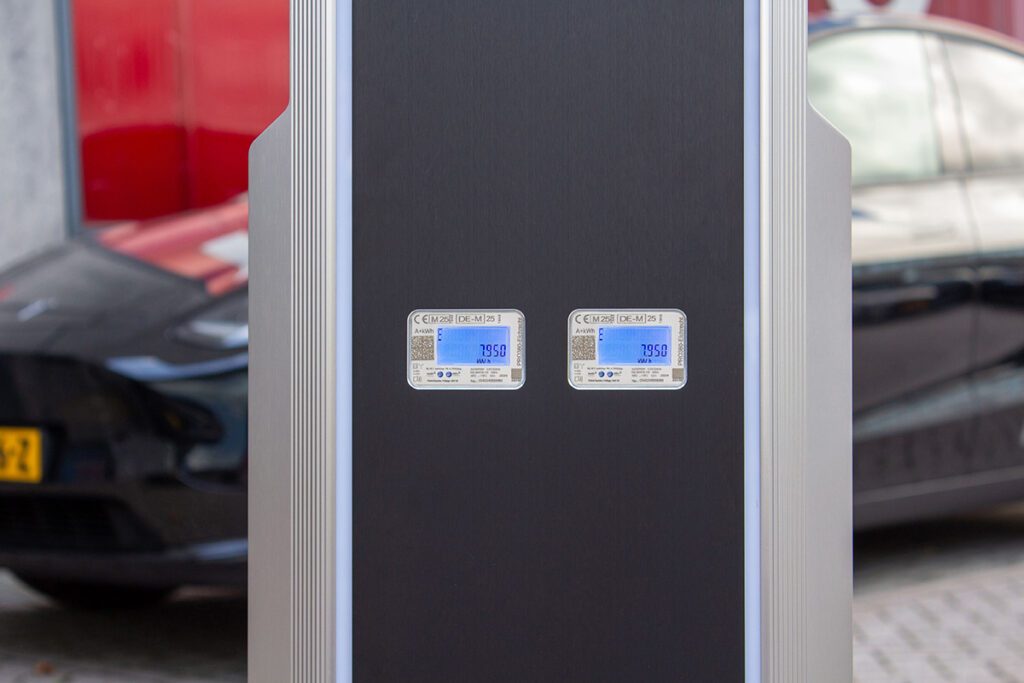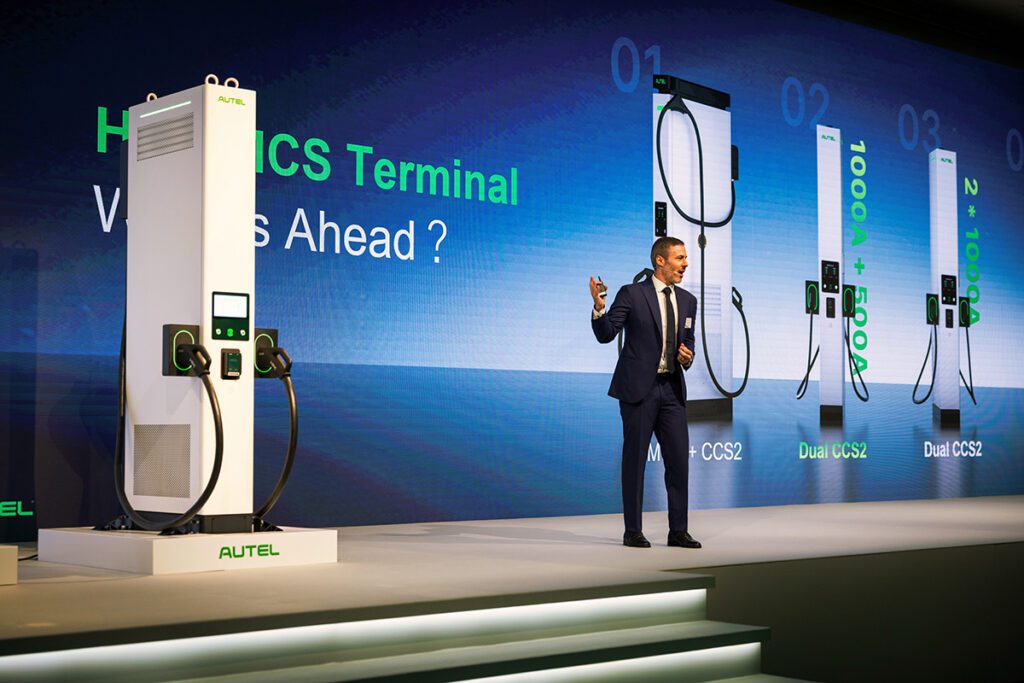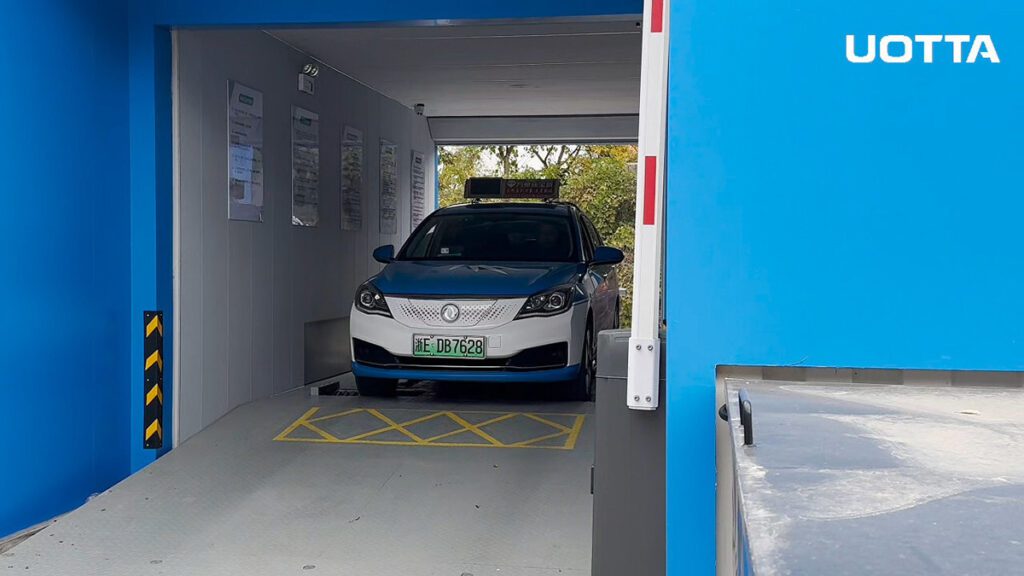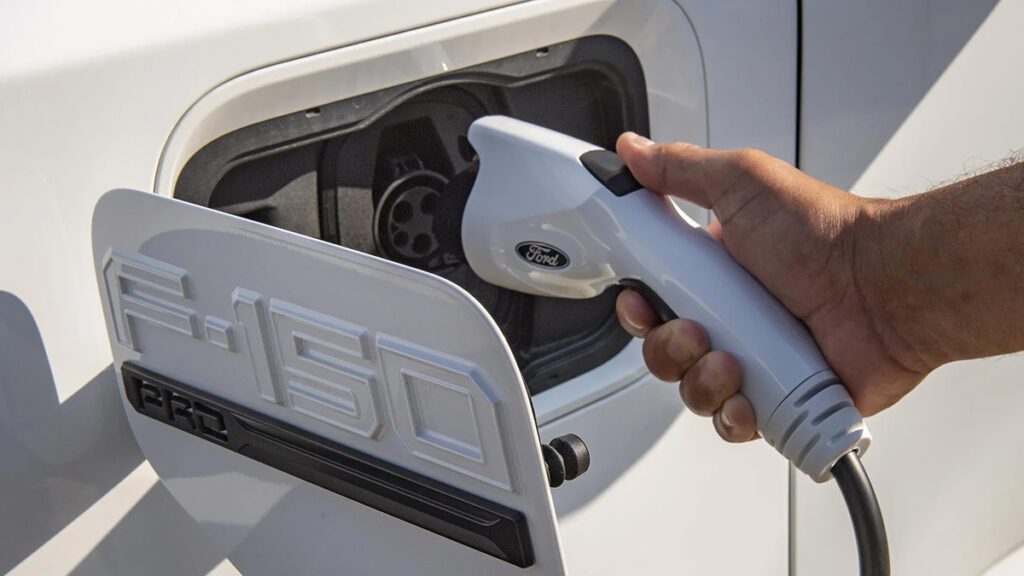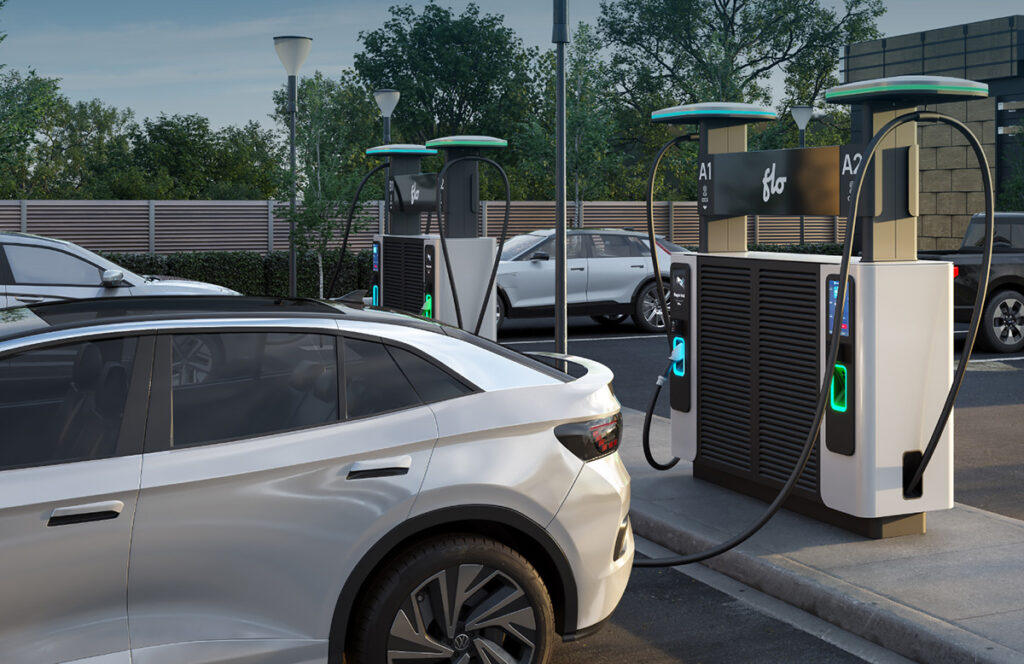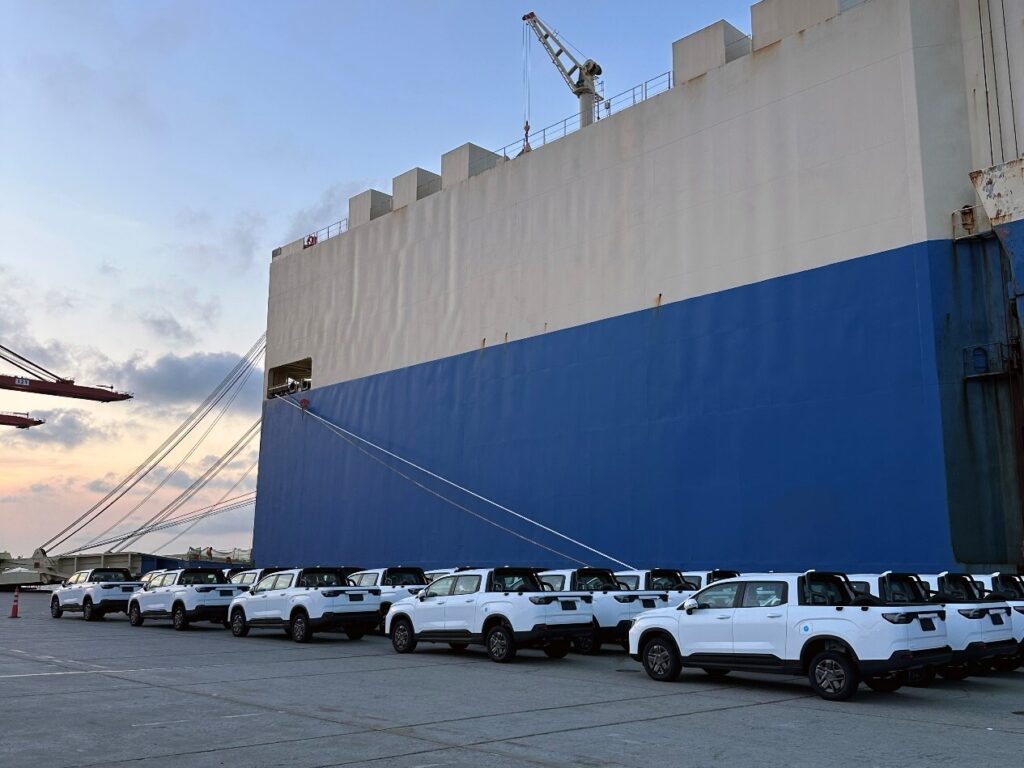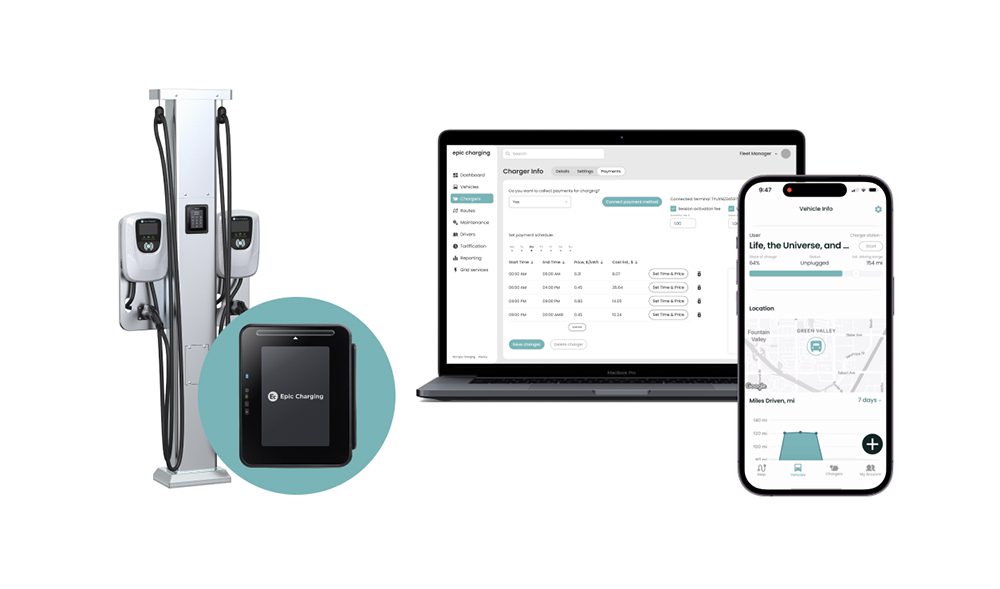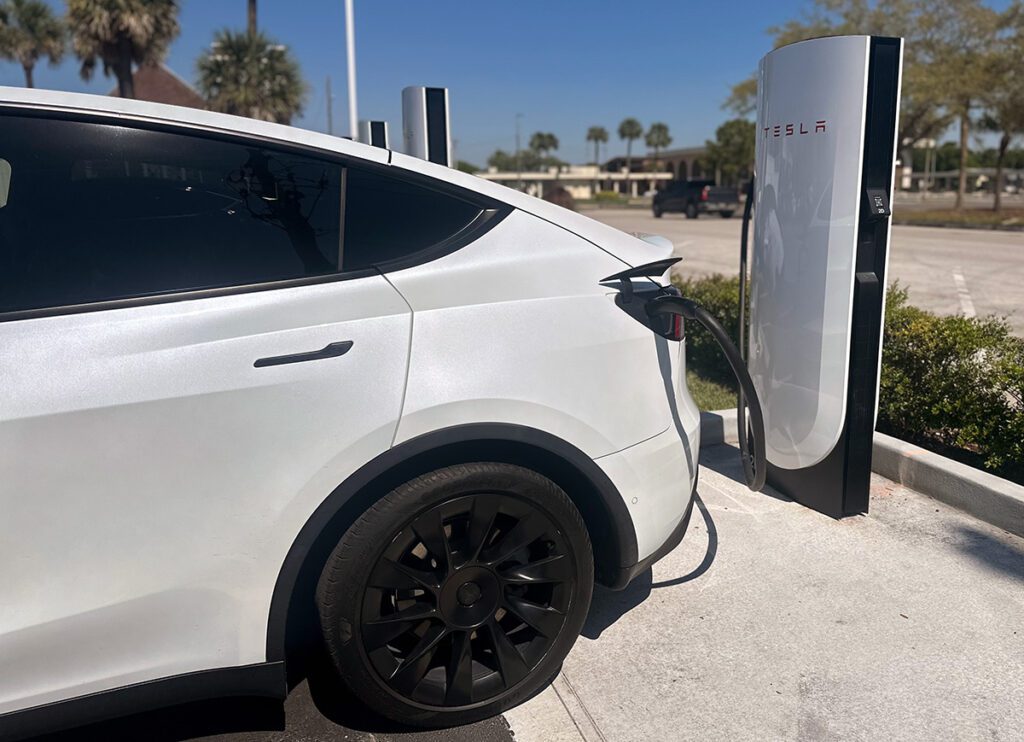The Multi-State ZEV Task Force, which coordinates the ZEV regulations of nine Northeast and West Coast states, has released a new ZEV Action Plan for 2018-2021. The current “ZEV states” are California, Connecticut, Maryland, Massachusetts, New York, Oregon, Rhode Island, Vermont and recent entrant New Jersey. (Colorado’s governor just signed an executive order committing the state to establish similar standards, triggering immediate howls of protest from US automakers.)
The new Action Plan, which builds on the lessons learned from the earlier 2014 ZEV Action Plan, presents 80 recommendations for states, automakers, dealers, utilities and EV industry firms to accelerate adoption of what it calls zero-emission vehicles (as the authors of the report use the term, it includes PHEVs and fuel cell vehicles).
In 2017, the “travel” provision in the participating states’ ZEV regulations, which allowed automakers to use ZEV credits from California to meet their obligations in other states, expired. Automakers must now actually deliver ZEVs in a particular state in order to earn ZEV credits in that state.
Under the 2014 Action Plan, Task Force states have enacted incentive programs for the purchase of electrified vehicles and infrastructure; launched a brand-neutral consumer education campaign; and established work groups to foster collaboration with dealerships, utilities and automakers.
Recommendations in the updated Action Plan continue and expand on these efforts, focusing on five areas:
- Raising consumer awareness
- Building out charging infrastructure
- Improving consumer purchase and non-financial incentives;
- Expanding public and private EV fleet adoption
- Supporting dealership efforts to increase electrified vehicle sales
Source: NESCAUM






